Scott and Dan hit up the comics racks from 67 years ago…

This week for RETRO HOT PICKS, Scott Tipton and I are selecting comics that came out the week of Sept. 25, 1957.
Last time for RETRO HOT PICKS, it was the week of Sept. 18, 1977. Click here to check it out.
(Keep in mind that comics came out on multiple days, so these are technically the comics that went on sale between Sept. 22 and Sept. 28.)
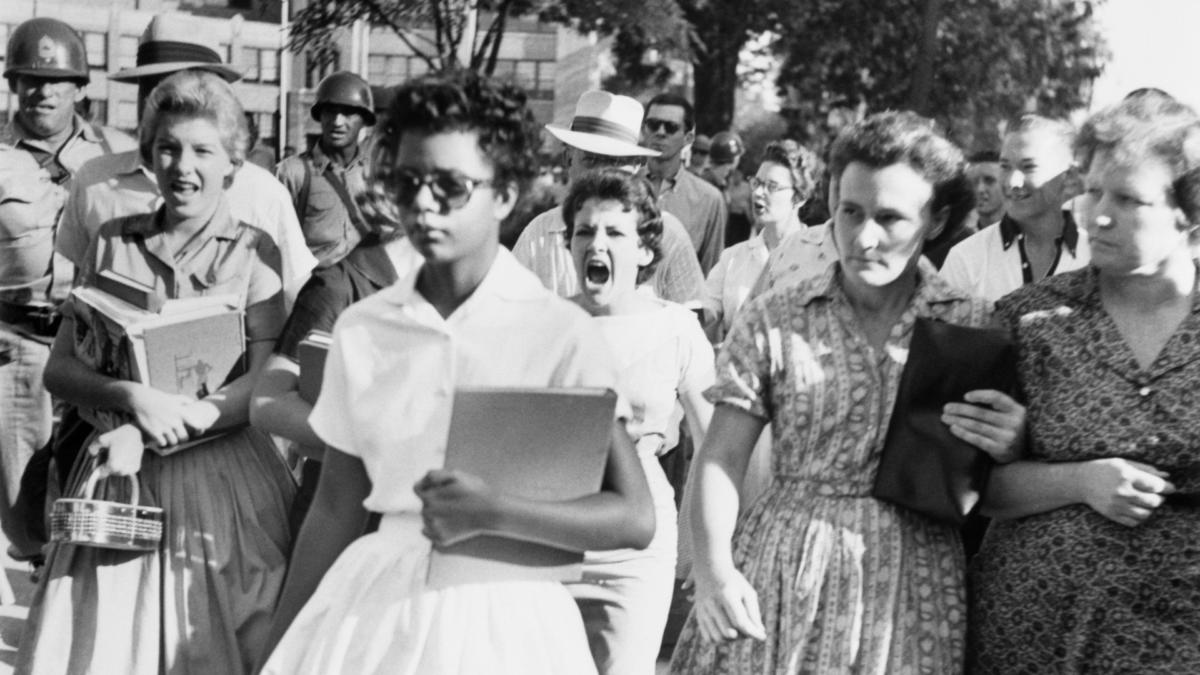
Elizabeth Eckford is besieged by a mob of racists as she tries to go to school Sept. 4. The photo brought national attention to the ugliness in Little Rock. Eckford was 15.
So, let’s set the scene: Our tendency as a culture is to think of the 1960s as a decade of upheaval and turmoil, and it most certainly was. But often forgotten is that the 1950s, often recalled as sleepy and contented — Happy Days, if you will — had its own share of ugly conflict and incidents that set the stage for the following decade. (Go read David Halberstam’s brilliant The Fifties, for a detailed and fascinating account.)
On Sept. 24, Republican President Eisenhower — amid the hateful and disgusting opposition of white supremacists in Little Rock, Arkansas, led by the state’s segregationist Gov. Orval Faubus — federalized the Arkansas National Guard, removing it from state control, and ordered U.S. troops into the city to force the integration of nine Black students at Little Rock Central High School.
That night, in an address to the nation, Eisenhower — who weeks earlier signed the first civil rights bill since Reconstruction — addressed the nation from the White House and declared that “mob rule cannot be allowed to override the decisions of our courts.”
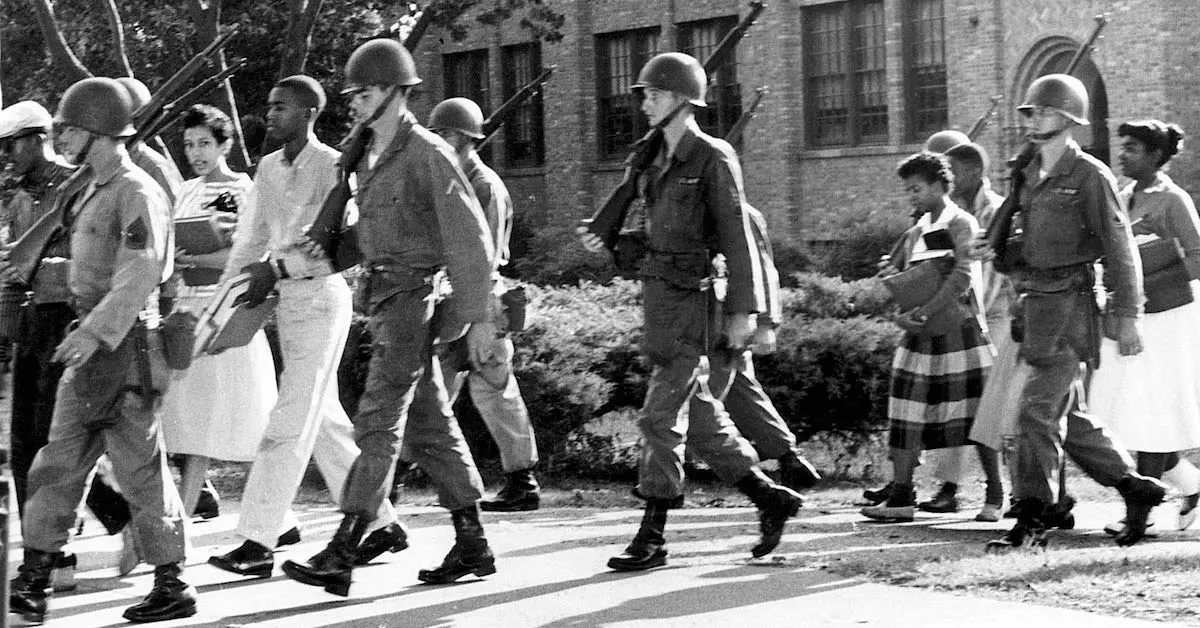
Students being escorted by troops from the 101st Airborne Division.
On Sept. 25, the Little Rock Nine were escorted through the front doors of the school by more than 20 members of the 101st Airborne Infantry Division, with an Army helicopter circling overhead, and more than 35 paratroopers surrounding the school’s perimeter. The students were ultimately able to attend the school but were forced to endure abuse from white classmates all school year. (It wasn’t until Oct. 24 that the Little Rock Nine could even enter the front door without being accompanied by federal troops.)
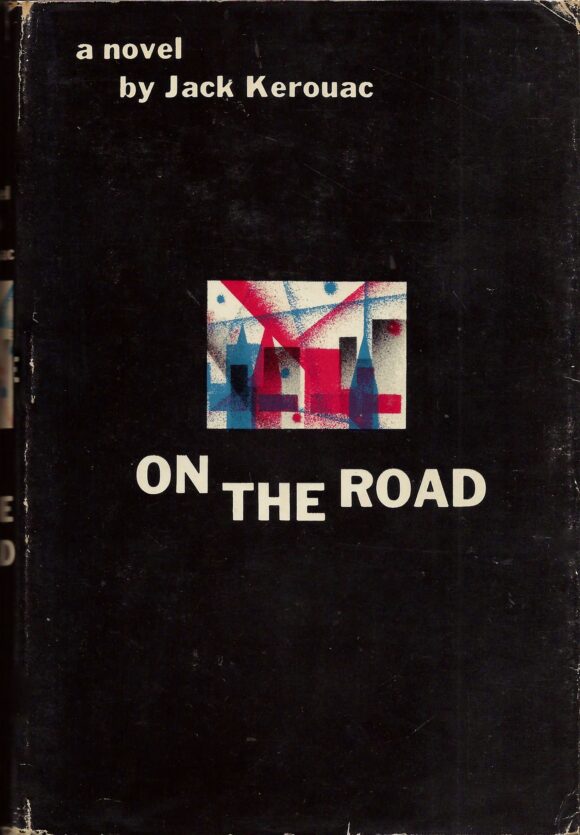
Elsewhere, American minds were expanding. Jack Kerouac’s On the Road was published by Viking Press in New York this month, one of the defining works of the Beat Generation that led to the 1960s counterculture.
At the same time, drivers were laughing at Ford’s latest offering — the Edsel, which was introduced Sept. 4. Public ridicule was so fierce toward the line’s unconventional (read: ugly) design that the term Edsel has become synonymous with failure.
Change of a different sort was in the offing. The New York Giants baseball team had already announced that it was moving to San Francisco in August but on Sept. 24, the Brooklyn Dodgers played what would turn out to be their final game at Ebbets Field, a 2-0 win over the Pittsburgh Pirates. The Dodgers — whose owner, Walter O’Malley, engineered both teams’ departure from New York — didn’t make his team’s move official until October but, while shocking, it was no surprise.
It may seem like this was a small thing, but baseball was king in the 1950s and the maneuver not only broke the hearts of National League fans in New York, it signaled that California had fully arrived in the American psyche. As beautifully chronicled on the show Mad Men, the country was looking West, and the Coast, especially Los Angeles, began to rival New York for primacy in the zeitgeist.

Two days before the last game, the Dodgers beat the Phillies, 7-3. The ballpark was nearly empty.
Amid all the changes, the nation didn’t know that humanity’s history as an earthbound culture was about to come to an emphatic — and deeply anxious — end. Halfway around the world, the Soviets were in the final stages of a program that would send a man-made, orbiting satellite into space. Sputnik 1 would be launched the following week, on Oct. 4. The Space Race was on.
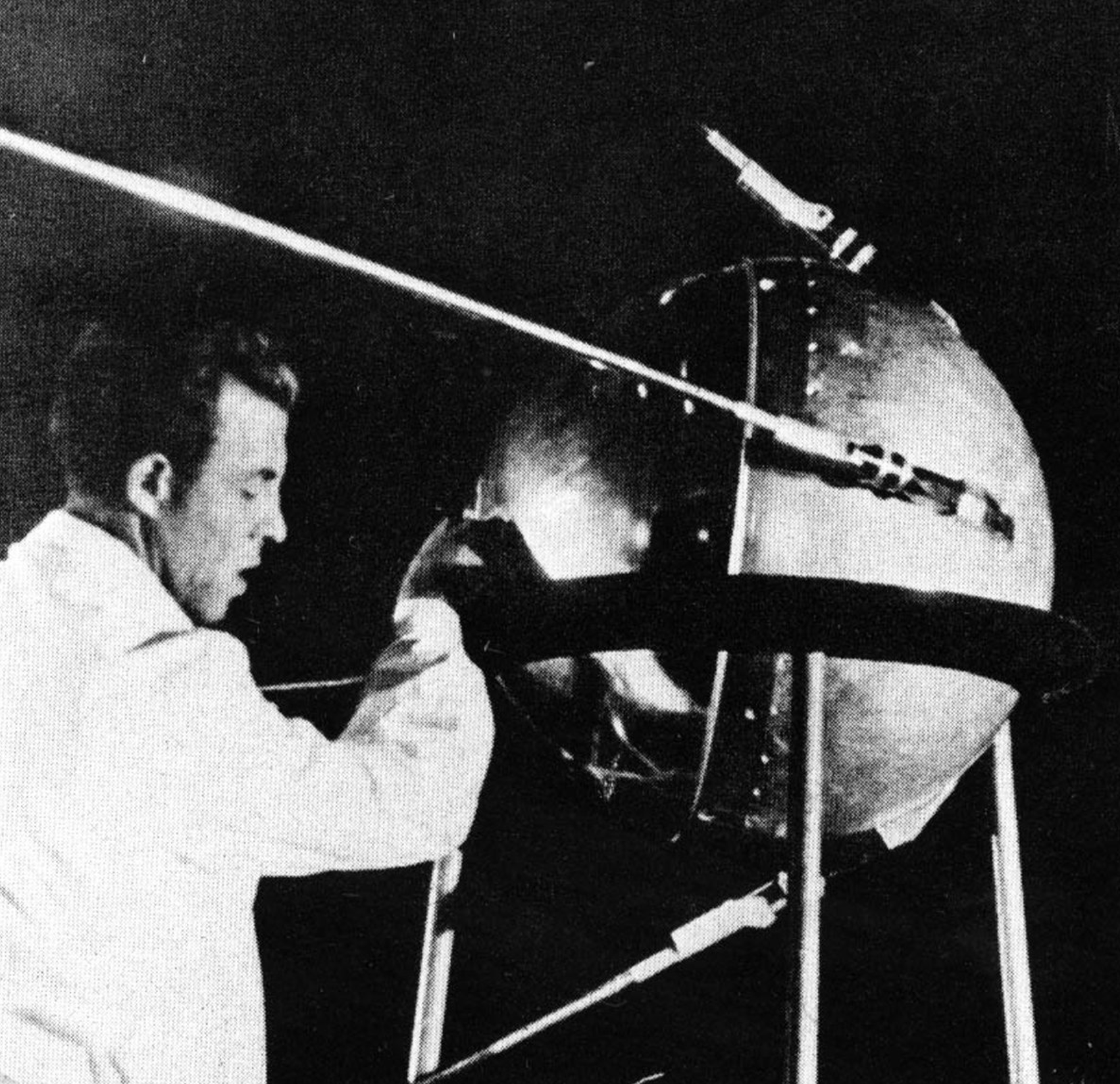
In an odd coincidence, Around the World in 80 Days — starring David Niven, Cantinflas, Robert Newton and Shirley MacLaine, and released nearly a year earlier — was a monster hit, and the No. 1 film at the box office this week. The Cold War “drama” Jet Pilot — co-produced by Howard Hughes and starring John Wayne and Janet Leigh (she, as a defecting Soviet pilot) — was also in theaters but was universally panned. More popular was the Doris Day starrer The Pajama Game. There was also the Glenn Ford Western 3:10 to Yuma.

Startling audiences was The Three Faces of Eve, starring Joanne Woodward as a woman suffering from what was then called multiple personality disorder. It was based on a true story.
Broadway was very much a powerhouse and on Sept. 26, one of its greatest musicals — Leonard Bernstein, Stephen Sondheim and Jerome Robbins’ West Side Story — opened at the Winter Garden Theater, beginning a run of 732 performances. Larry Kert played Tony, Carol Lawrence played Maria, and Chita Rivera played Anita.
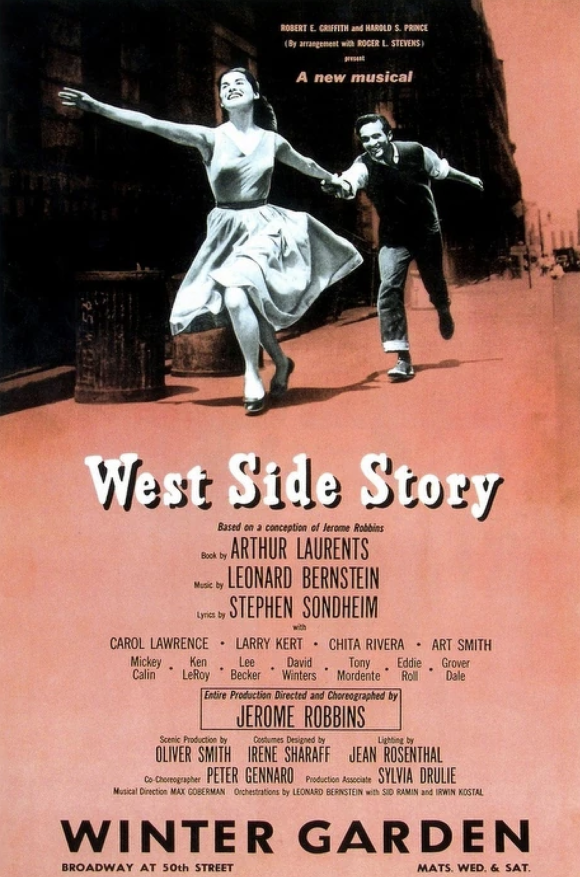
Gunsmoke and Playhouse 90 were among the most popular shows on television. I Love Lucy’s final episode was broadcast the previous spring, but the show was so popular, CBS kept it on the fall schedule and ran repeats. The season also boasted a number of new favorites and by this week, Perry Mason, Maverick, Wagon Train, Have Gun — Will Travel and Bachelor Father all had their premieres.
That’ll Be the Day by Buddy Holly and the Crickets, one of rock’s most enduring classics and the first single released by the rock pioneer, hit No. 1 on the singles chart. (Side note: Later, it was the first song recorded, as a demo, by a small-time Liverpool, England, skiffle group called the Quarrymen.) Challenging it at the top was Jimmie Rogers’ Honeycomb.
But on Sept. 24, a boisterous thunderbolt of a song burst onto the scene: Elvis Presley’s powerhouse Jailhouse Rock was released. Meanwhile, his first soundtrack album, Loving You, was the best-selling LP. He was the King.
Number 47 said to Number 3, “You’re the cutest jailbird I ever did see…”
—
Dan Greenfield, editor, 13th Dimension
Detective Comics #249, DC. Little known Bat-Fact: Bruce Wayne is actually executed at the end of this story and Batwoman takes on Robin as her sidekick. Kidding! Dig the back-ups: Roy Raymond, TV Detective and the Martian Manhunter!
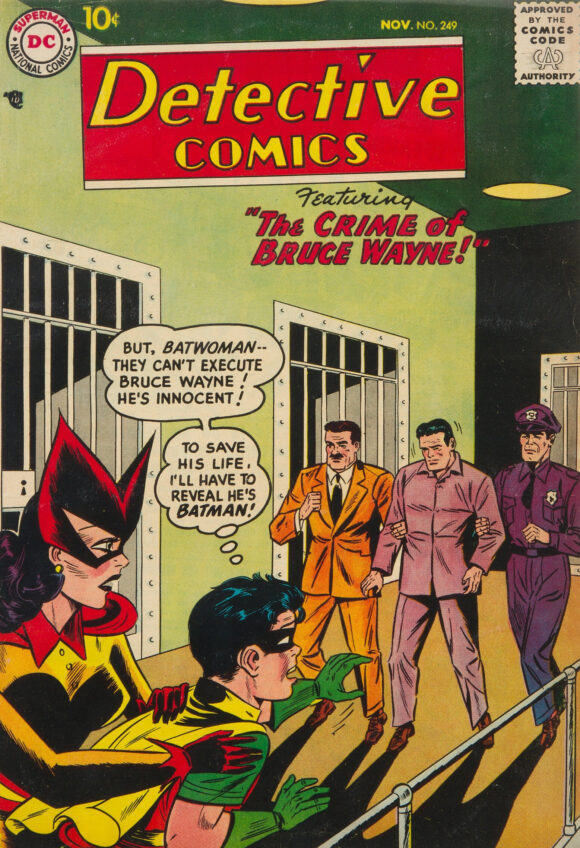
Scott adds: Dead millionaire walking!
—
The Lone Ranger #113, Dell. These Clayton Moore covers were the best.
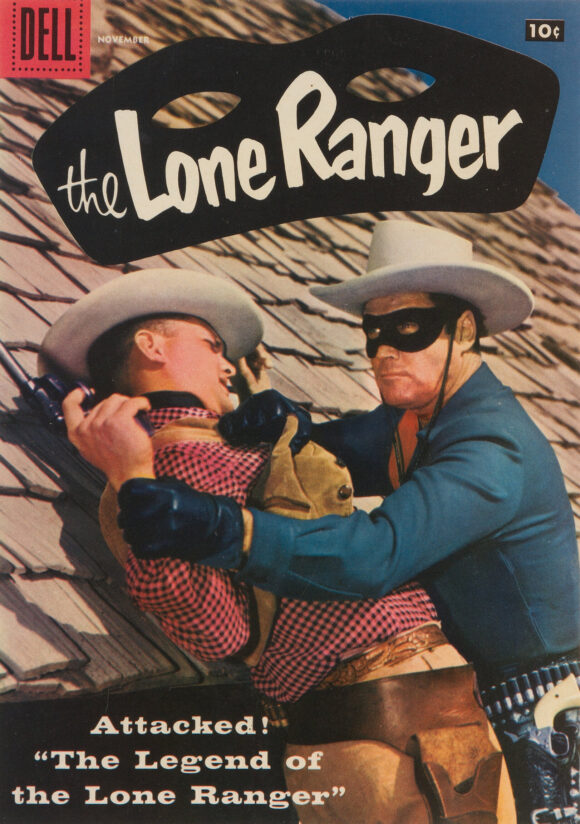
—
World’s Finest Comics #91, DC. True story: I once raised my hand in class and asked my middle-school science teacher how suspended animation worked. Dead silence. “Daniel,” he said. “There’s no such thing. It’s made up.” I had no idea.
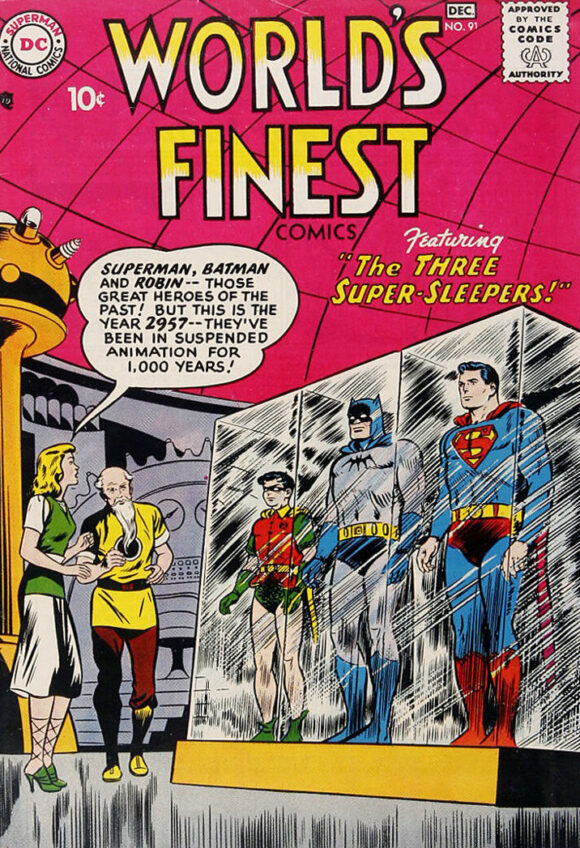
—
Strange Tales #61, Atlas. It would be a while before Jack Kirby would begin populating Strange Tales with monsters like Grottu, Gorgolla and Gargantus. So instead, readers were treated to stories about haunted washing machines. (Groovy creative line-up on the book, though, including Bill Everett, who did the cover, Dick Giordano, Doug Wildey, Bernard Baily, Bernie Krigstein and Paul Reinman, among them.)
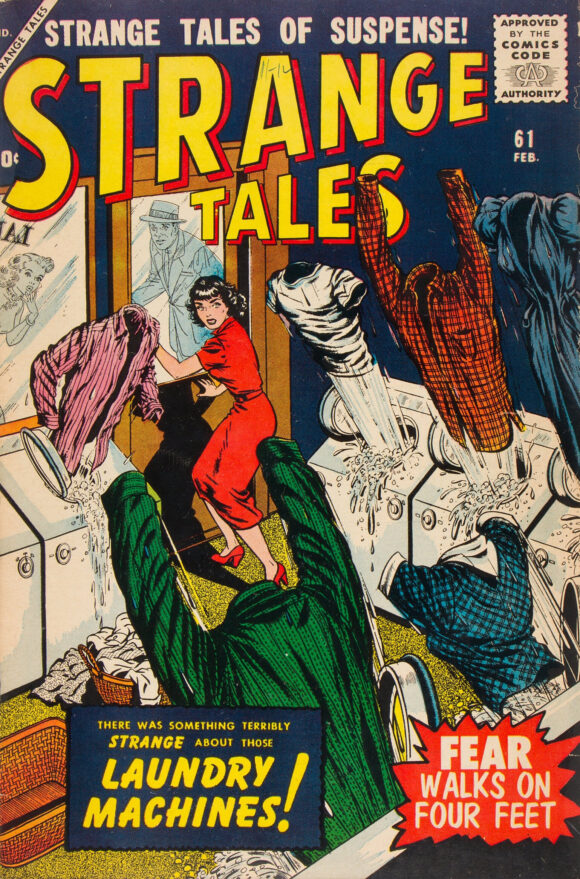
—
Gunsmoke #6, Dell. Gunsmoke was so popular, it was only a matter of time before Dell grabbed it for a tie-in series. Even though it’s branded #6, this is actually the first issue! Because comics were weird back then. The series lasted for 22 issues but Gold Key would start a new, short-lived series in the late ’60s.
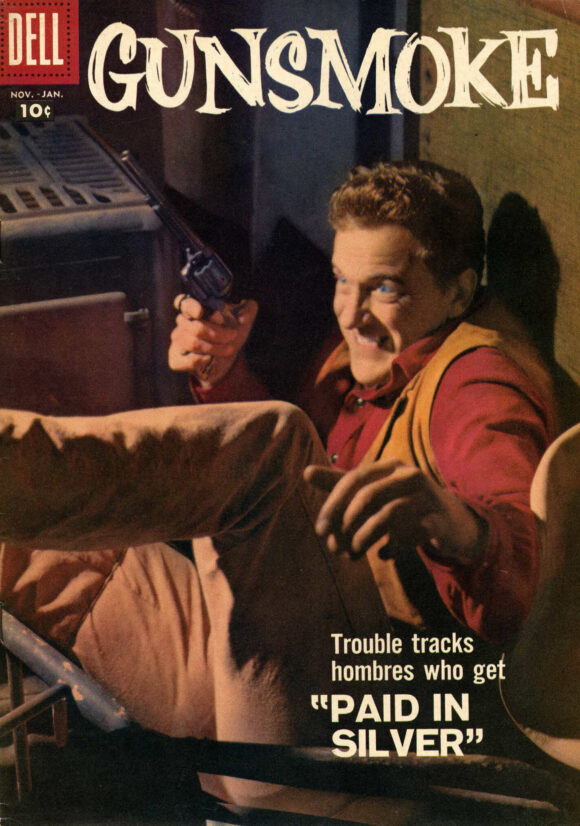
—
Four Color #860 and Wyatt Earp #15, Dell and Atlas. Two Wyatt Earp comics out the same week! The Dell version was based on the popular TV show The Life and Legend of Wyatt Earp. The Atlas version actually debuted two months before the show did in 1955, but I’m still willing to wager that editor Stan Lee saw it coming and decided to do his own comic. And since Earp was a real person, there was no need to make it an official TV book. Stan was always up to something, so it’s a plausible theory. Nice cover by Joe Maneely.
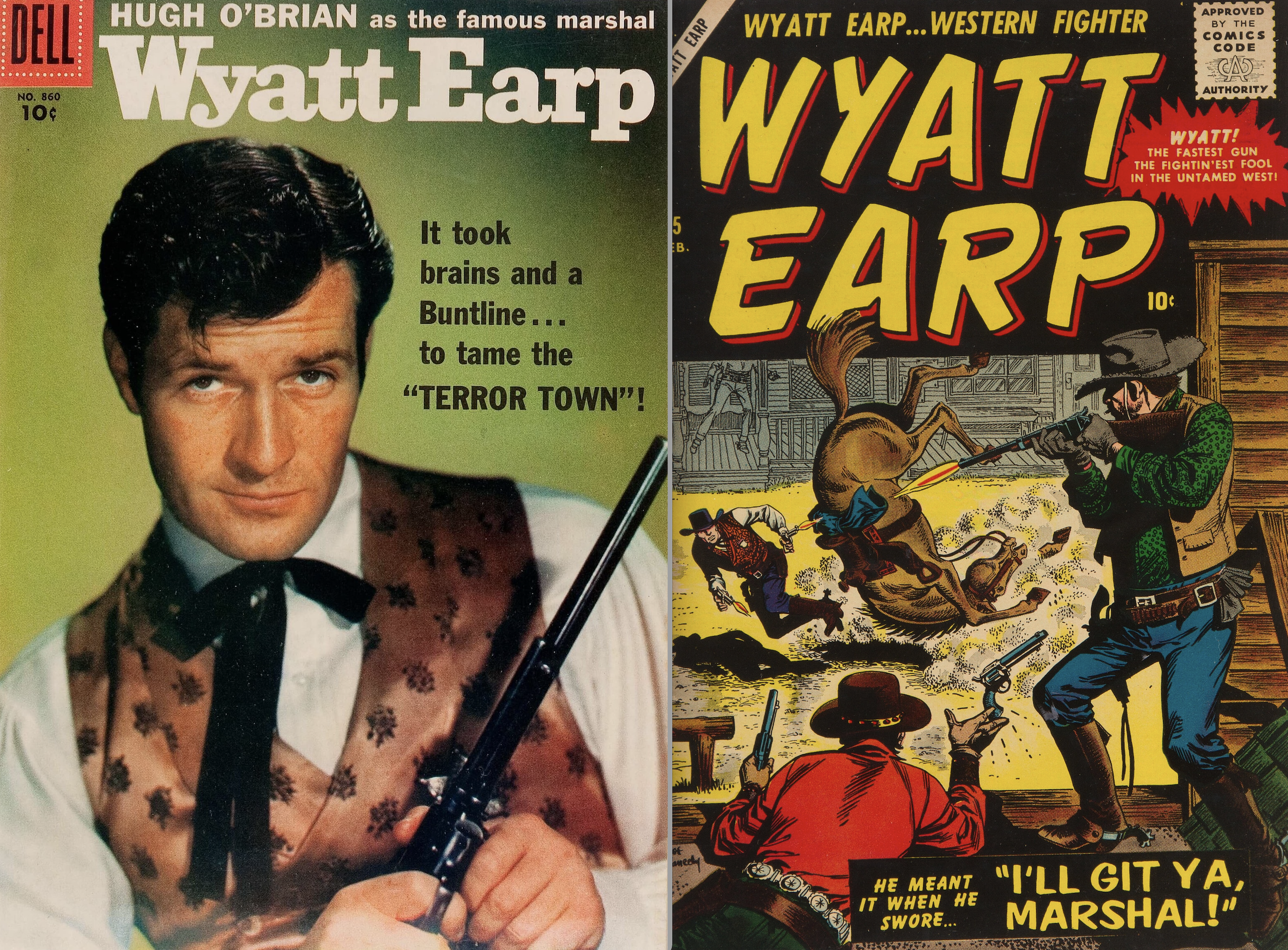
—
Gunsmoke Western #44, Atlas. Especially when you consider that Atlas had this “off brand” series, too! Stan, man.
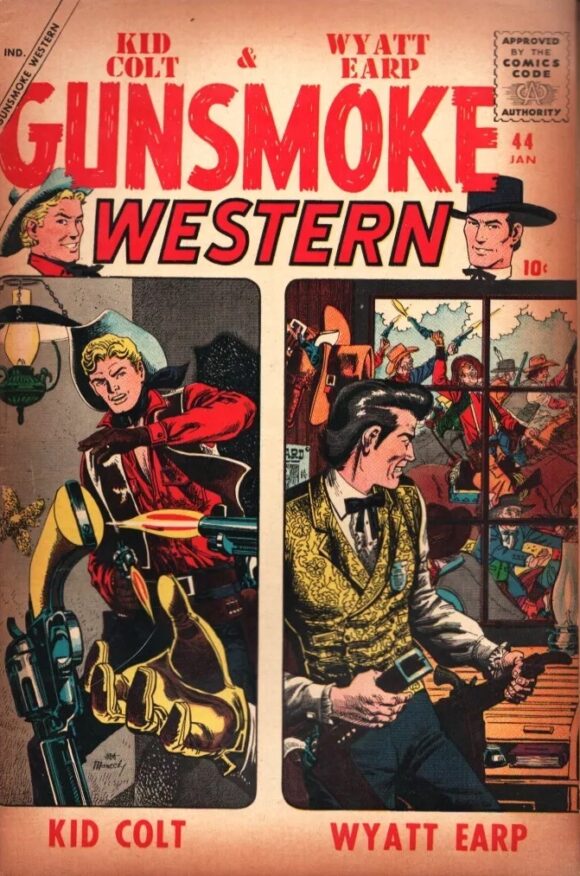
—
Scott Tipton, contributor-at-large, 13th Dimension
Robin Hood Tales #12, DC. Wow, look at this early work from the great Ross Andru. He also did interiors on these. I may have to track some issues down.

—
House of Secrets #7, DC. Pete doesn’t look happy.
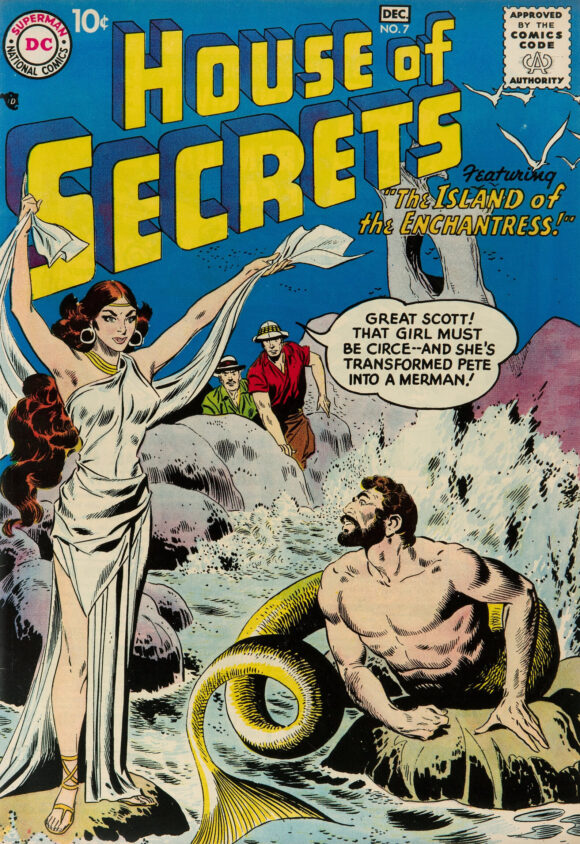
—
Action Comics #234, DC. Superman doesn’t seem anywhere near surprised enough here, if you ask me.
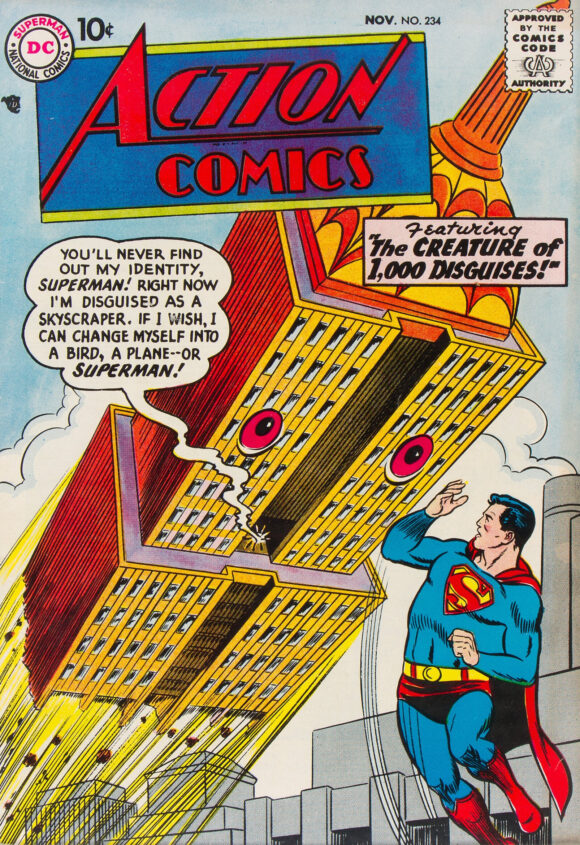
Dan adds: Of course he’s not surprised — it’s a 1957 Superman comic. This kind of shit happened all the time!
—
MORE
— RETRO HOT PICKS! On Sale The Week of Sept. 18 — in 1977! Click here.
— RETRO HOT PICKS! On Sale The Week of Sept. 11 — in 1988! Click here.
—
Primary comics sources: Mike’s Amazing World of Comics, the Grand Comics Database.

September 25, 2024
Very interesting summary of events of that time. Neat to see the old 50s comics, too.
September 26, 2024
It was actually not Stan Lee who would have devised Wyatt Earp, but his boss Martin Goodman, who had his own spies in television.
September 26, 2024
Fair enough.
September 27, 2024
weren’t the first 5 Gunsmoke issues , published under the Four Color title,,,,It would be similar to DC starting Justice League of America as #4
September 27, 2024
You may be right.